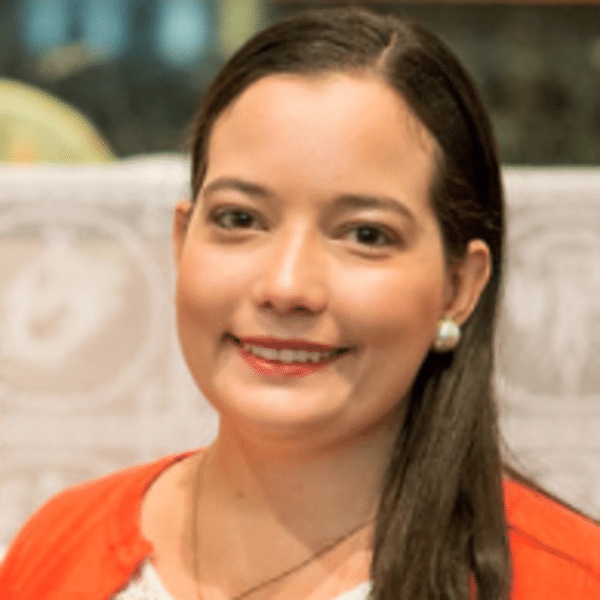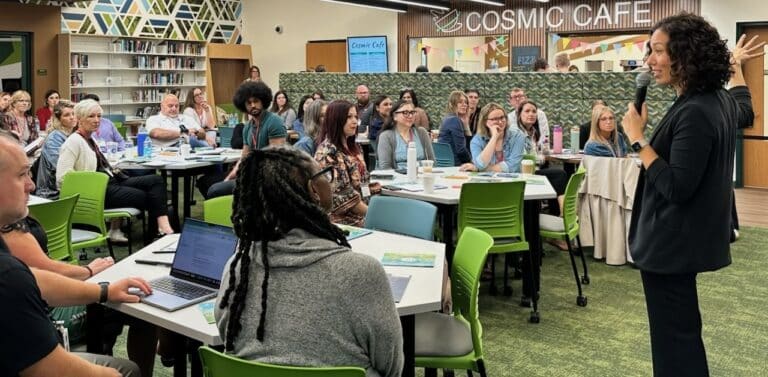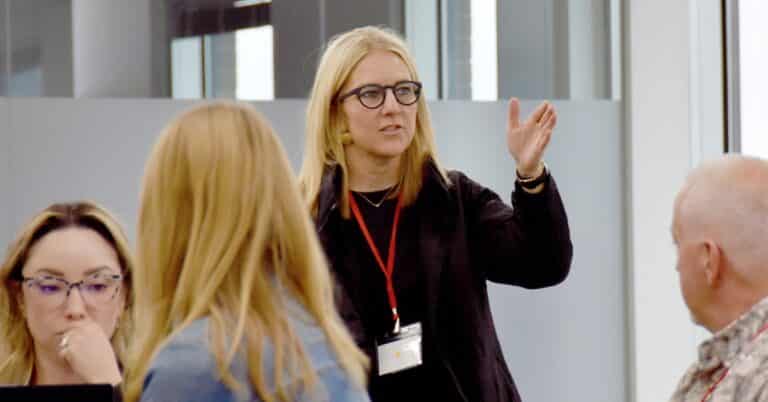Have you ever walked into a really messy room and gotten this immediate feeling of anxiety? I am not the most organized human in the world, but I know the feeling. This is how most people feel when thinking about the future because they cannot know what exactly is going to happen.
The future is that really messy room where trends, projections, plans and potential events coexist in apparent chaos. However, as Carl Jung affirmed, “in all chaos there is a cosmos, in all disorder a secret order.” Therefore, it is up to us to find the patterns that reveal the underlying structure that could help us navigate those messy futures.
In this post, I will present two concepts that can help you narrow and organize the possibilities ahead. First, instead of thinking about all the shifts that could come about, focusing on the ones that will most likely influence the future can make it easier to look ahead. These clusters of trends, projections, plans and potential events are called drivers of change. Then, to deepen understanding of how these drivers of change might interact with one another, using a tool called the Futures Triangle can lead you to consider more concrete plausible futures.
Drivers of change

The future does not exist in a vacuum. Inbound and outbound changes are constantly tweaking the projections we could anticipate. Drivers of change help us map plausible futures by identifying the fundamental forces that could impact a domain, such as learning. Drivers of change have been a critical component of KnowledgeWorks’ foresight work. As you familiarize yourself with drivers of change such as those from our Navigating the Future of Learning forecast shown below, you will start recognizing that these major societal shifts are guiding the way toward possible futures. For example, COVID-19 and the economic crisis are currently two main factors to consider when making any decision about the future. However, there are other drivers of change that we should consider in order to develop a clearer picture of the future landscape. That is where the Futures Triangle comes in.
Futures Triangle
The tyranny of the present blinkers our understanding of reality, but only if we let it. During uncertain times of crisis, such as the one we are experiencing now with COVID-19, it could be particularly hard not to succumb to the urgency of addressing current events. The Futures Triangle, a tool developed by Sohail Inayatullah, offers us a way out of this trap.
It helps us grapple with the convergence of drivers of change anchoring the past, developing the present and shaping the future. These drivers of change include forces in addition to the major societal changes described above. The juxtaposition of different combinations of these drivers of change results in multiple futures for us to consider and prepare for. By having a narrowed set of plausible futures, we unveil the secret order in the disorder of looking into the future.

The Futures Triangle allows us to assign equal importance to drivers of change that might originally feel out of place or seem to be at a different level of specificity than other drivers by categorizing them by timeframe.
- Pull of the Future – Envisions possibilities for the future. The drivers in this category tend to be aspirational ideas, prototypes or innovations. These drivers might motivate us to change our behavior or decisions in an effort to bring about a desired vision. For example, general artificial intelligence is a driver that is pulling us toward the future because it is a concept and not yet a reality. However, the potential for general artificial intelligence is inspiring people today to realize the full potential of this technology. To recognize the pull of the future, we can consider:
- What drivers of change are pulling us towards particular futures?
- What are the compelling images of the future, those we can’t overlook?
- Are there competing images of the future?
- Weight of History – Helps us acknowledge and understand the past so we can better manage our expectations about the uncertainty of the future. The drivers that have traditionally resisted change fall in this category. These drivers tend to cause inertia, which could in turn help us identify potential obstacles on our way to realizing a vision. For example, regulation is a driver that is weighing us to the past because it has been in place for decades and modifying it often takes years. To recognize the weight of history, we can consider:
- What is holding us back or getting in our way?
- What are the barriers to change?
- What are the deep structures that resist change?
- Push of the Present – Influences our thinking and how we comprehend the current reality around us. The drivers in this category tend to rely on quantitative data that evidence their current momentum. For example, the aging of populations in developed countries is a driver that is pushing the present towards the future because both the declining birthrate and increasing life expectancy trends are moving in the same direction. To recognize the push of the present, we can consider:
- What drivers of change are pushing us towards particular futures?
- What quantitative drivers of change are changing the future?
- What is happening now? What is popular now?
Although at the moment the push of the present weighs heavily on our minds, the weight of history might be lighter than usual because of the circumstances thrust upon us. As we process how we are responding to the current crisis, we should take this opportunity to ensure our actions are aligned with what we hope education will look like down the road. Today we can build plausible futures of learning together by better understanding the dynamic tension between past, present and future, escaping the tyranny of the present and using the temporarily light weight of history to catapult our visions.







